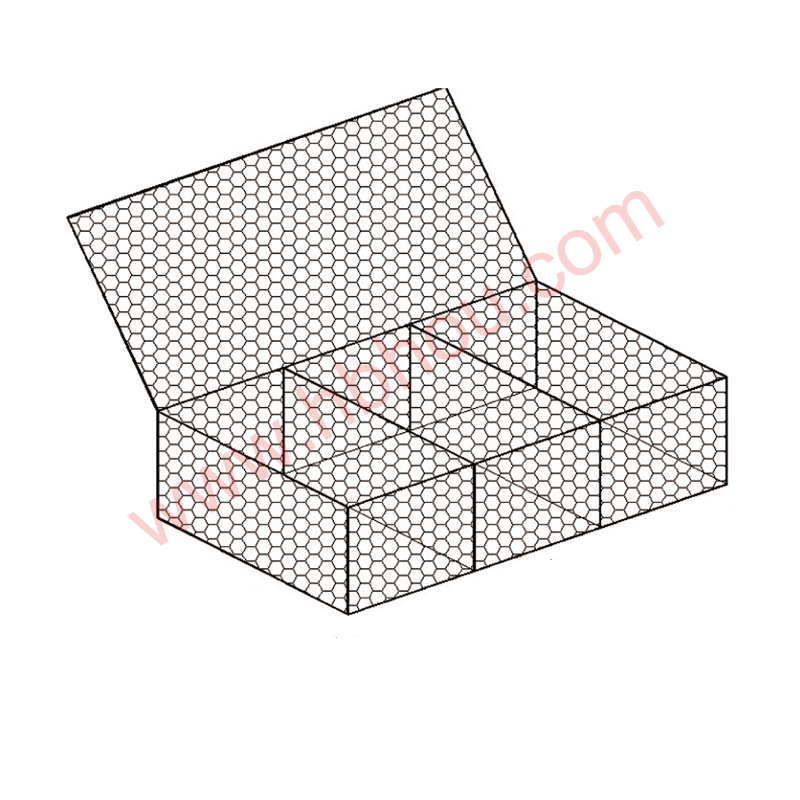Electric Pole Anchors for Boats A Comprehensive Guide
Boating enthusiasts are always on the lookout for innovative solutions to improve their experience on the water. One significant advancement in recent years is the introduction of electric pole anchors. These devices have revolutionized the way boaters secure their vessels, making it easier than ever to stay in place, whether fishing, enjoying a picnic, or simply taking in the scenery. In this article, we will delve into what electric pole anchors are, how they work, their benefits, and tips for selecting the right one for your needs.
What is an Electric Pole Anchor?
An electric pole anchor is a mechanical device designed to firmly hold boats in a desired location, anchoring them to the ground or seabed without the hassle of traditional anchor systems. The anchor consists of a long pole that can be driven into the sediment of lakes, rivers, or coastal waters. Unlike standard anchors that depend on weight and drag, electric pole anchors typically feature a more streamlined design, providing a secure hold with the push of a button.
How Do Electric Pole Anchors Work?
Electric pole anchors operate using a simple yet effective technology. The pole is mounted on the stern or bow of the boat and is equipped with an electric motor that drives the pole into the waterbed. Once the desired depth is reached, the motor can be disengaged, leaving the pole securely anchored in place. Some electric pole anchors also come with a remote control, allowing users to deploy and retract the pole from a distance, which adds convenience, especially in situations where the boat may be drifting.
Benefits of Using Electric Pole Anchors
1. Ease of Use The most significant advantage of electric pole anchors is their simple operation. Boaters can quickly and effortlessly deploy the anchor with just a button press, eliminating the strenuous task of manually handling heavy chains and anchors.
2. Precision Positioning Electric pole anchors provide a level of accuracy that traditional anchors cannot match. Users can control the exact location of their boat, making it easier to fish productive spots or enjoy a perfect view without unwanted movement.
3. Reduced Damage to the Environment Unlike traditional anchors that can drag across the seabed and damage sensitive marine environments, electric pole anchors have a minimal ecological footprint. They only disturb the immediate area where the pole is driven into the substrate.
electric pole anchor for boat

4. Versatility Electric pole anchors can be used in various water conditions, including shallow environments where traditional anchors may not be effective. They are a popular choice among anglers, kayakers, and recreational boaters alike.
Choosing the Right Electric Pole Anchor
When selecting an electric pole anchor, several factors should be considered to ensure you choose the right model for your needs
1. Boat Size and Weight Make sure to choose an anchor that is suitable for your boat’s size and weight. Most manufacturers provide guidelines indicating which models are appropriate for specific boat classifications.
2. Power Source Electric pole anchors typically require a 12V or 24V power supply. Ensure your boat can accommodate the required voltage and has sufficient battery capacity for operation.
3. Build Quality and Materials Look for anchors made from durable, corrosion-resistant materials, especially if you frequently boat in saltwater. Stainless steel and high-grade aluminum are common choices.
4. Length and Depth Consider the maximum depth at which you’ll be anchoring. Most electric pole anchors are available in various lengths, so choose one that will reach the desired depth in your preferred boating locations.
5. Price and Warranty Finally, compare prices and check for warranties. Investing in a quality electric pole anchor can save you money over time by preventing damage to your boat and providing hassle-free anchoring.
Conclusion
Electric pole anchors for boats represent a significant advancement in modern boating technology. With their ease of use, precision, and environmental benefits, they are becoming increasingly popular among water enthusiasts. By understanding their features and considering the appropriate factors when choosing one, boaters can enhance their experience on the water and enjoy every moment spent in nature, worry-free.
















